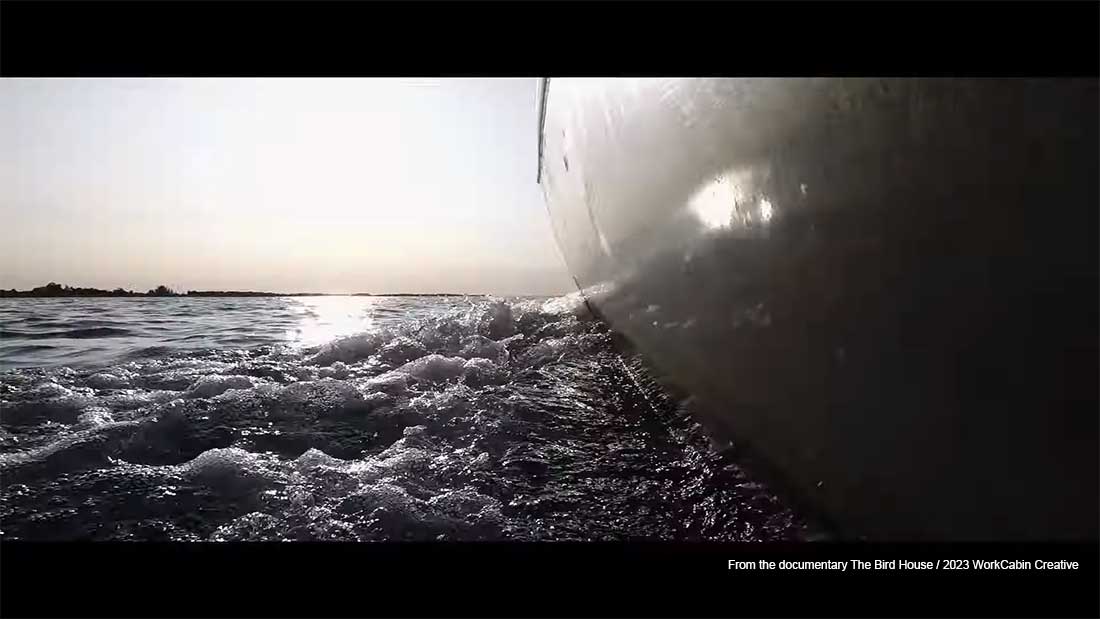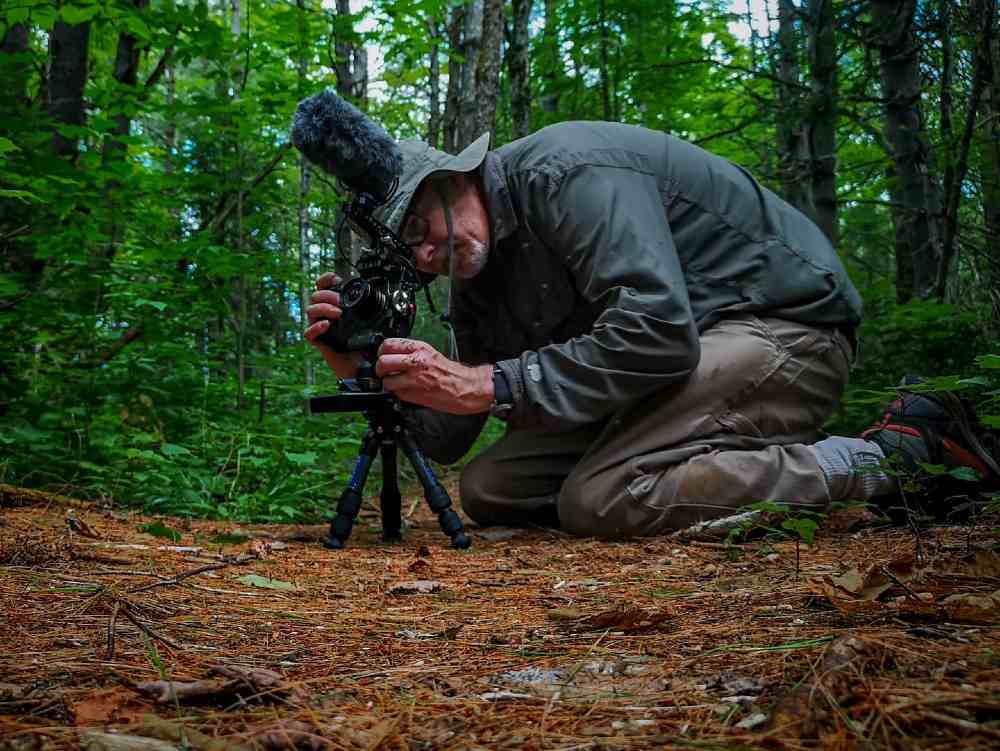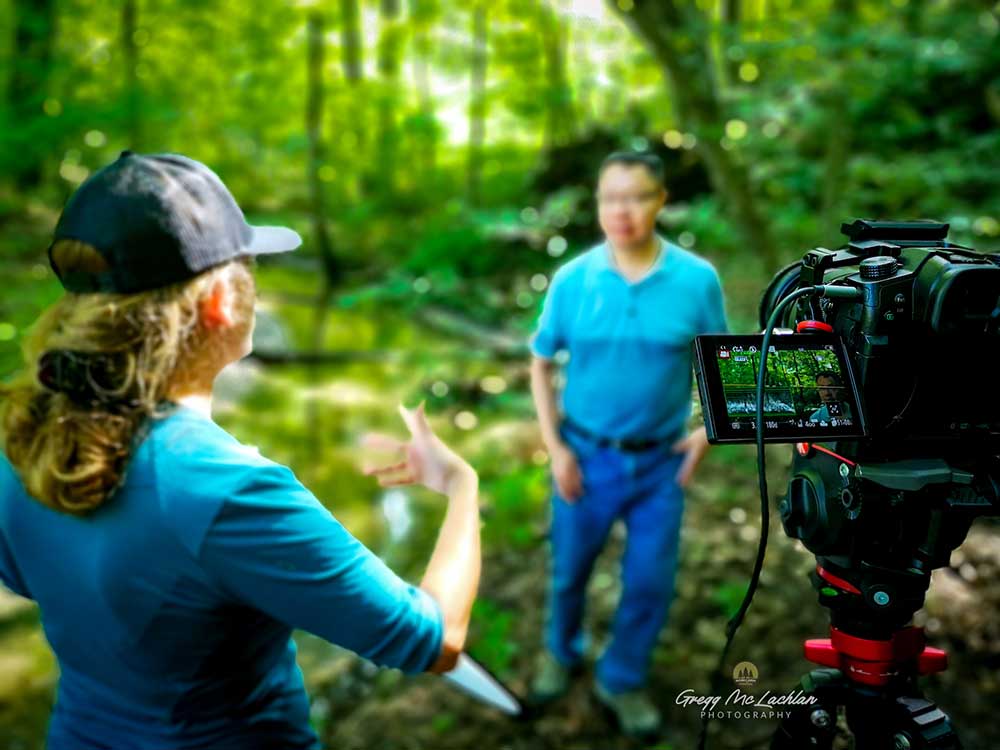

What’s The Difference Between Videography and Cinematography?
While the terms videography and cinematography might seem interchangeable to the untrained eye, there exists a nuanced difference between the two that is worth exploring. Both disciplines are vital in capturing moving images, yet they diverge in their approaches, techniques, and artistic expressions.
Understanding Videography:
Videography primarily involves the art of capturing video footage with electronic media, typically digital cameras. It often focuses on documenting events, creating promotional content, or producing educational videos. Videographers commonly work in various fields such as weddings, real estate, small business, corporate events, news reporting, and online content creation.
Key Characteristics of Videography:
- Emphasis on Efficiency: Videographers often prioritize efficiency in their workflow, aiming to capture moments as they unfold without elaborate setups or extensive post-production.
- Straightforward Techniques: The techniques employed in videography tend to be straightforward, focusing on capturing clear, concise footage that effectively communicates the intended message.
- Utilization of Available Light: Due to the dynamic nature of events, videographers often rely on available light sources rather than complex lighting setups, ensuring flexibility and adaptability in different shooting environments.
- Post-Production Editing: While videographers may engage in basic editing to enhance the visual quality and coherence of their footage, the emphasis is usually on preserving the authenticity of the captured moments.
Exploring Cinematography:
Cinematography, on the other hand, is a more elaborate and intricate craft that involves the creation of visually compelling images with a strong emphasis on storytelling and aesthetics.
Common forms of cinematography are documentaries, nature films, and conservation storytelling films. This form of filmmaking is part of what I do in my full-time environmental visual storytelling work. Of course, some environmental corporate video work can still fall more in line with being videography.
Key Characteristics of Cinematography:
- Artistic Vision and Narrative: Cinematographers play a crucial role in shaping the visual narrative of a film or video project. They work closely with directors to develop visual concepts, select appropriate camera angles, and evoke specific emotions through lighting, framing, and composition.
- Technical Expertise: Cinematographers possess a deep understanding of camera equipment, lighting and natural lighting techniques, and visual aesthetics, allowing them to create visually stunning imagery that enhances the storytelling experience.
- Creative Lighting: Cinematographers frequently achieve dramatic effects and enhance the mood and atmosphere of a scene using natural light.
- Attention to Detail: Cinematographers pay meticulous attention to every aspect of the visual composition, including framing, colour palette, depth of field, and camera movement, to create captivating and immersive visuals that resonate with the audience.
Bridging the Gap:
While videography and cinematography have distinct characteristics and applications, they are not mutually exclusive. In fact, many professionals in the field seamlessly integrate elements of both disciplines to achieve the desired visual impact.
In today’s digital age, advancements in technology have blurred the lines between videography and cinematography, empowering creators to explore new possibilities and push the boundaries of visual storytelling. Whether it’s capturing real-life moments with authenticity and immediacy or crafting cinematic narratives that transport viewers to other worlds, both disciplines play integral roles in shaping our visual landscape.
Videography and cinematography still share a common goal: to engage, inspire, and evoke emotion through the power of visual storytelling.
- What’s The Importance of B-roll in Conservation Storytelling? - April 22, 2024
- What’s It Really Like Being a Conservation Filmmaker? - April 15, 2024
- Filmmaking Explainer: What Is Post-Production? - April 6, 2024




